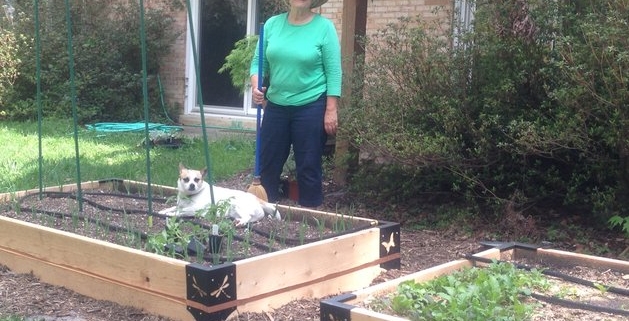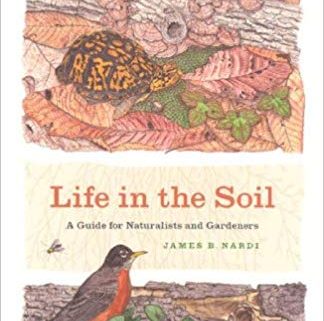Vegetable Gardening for Earth Renewal
Article by Plant NOVA Natives
Now is the time to renew the Earth – and yourself, while you are at it! Most of us are aware of the benefits to ourselves of eating chemical-free vegetables, and to the environment of growing our own food and thus reducing our use of plastic and our share of the impact of shipping and refrigeration. What we may not realize is that home vegetable gardeners also can play an important role in our collective effort to reconnect our landscapes in a way that provides sanctuary for the birds and butterflies.
A home vegetable garden is not just a little grocery store. If we give back to the Earth what we take out, we create a system that is truly sustainable in the sense of being self-sustaining and friendly to the surrounding environment. The first principal of organic gardening is to grow the soil by avoiding damaging chemicals and adding compost, which we can make ourselves from yard and kitchen scraps. Soil is very much a living thing, full of living beings who have their own intrinsic value. It is also the place where many creatures such as fireflies spend a substantial part of their lives before emerging into the air where we become aware of them. Fungi in the soil extend the reach of plant roots and provide a network for exchanging nutrients, water and information between plants. The less we disturb (or poison) the soil, the better for the living world.
An equally important principal of organic gardening is that we need to build the ecosystem infrastructure to support a balance of insects. Sometimes people mistakenly understand that the way to do that is to purchase ladybugs or praying mantis egg cases, a practice that is not only futile (since they typically just fly away) but harmful, as the species for sale are usually Asian ones. Instead, the way to achieve a balanced ecosystem is to start with the plants that support it, namely locally native species. Although it is possible to intersperse annual vegetables with native perennials, what most gardeners do is plant them in separate beds. Ideally, we can plant a pollinator garden nearby, filling it with a diverse array of native flowers that bloom in succession from early spring to late fall.
Vegetable gardens will be relieved to find that a pollinator garden is a whole lot less work than what they are used to, since there is no need to improve the soil in most cases, less weeding is required, and cleanup simply consists of a little tidying in the spring of the dead leaves, stalks and seed heads that supported life all winter. Unlike zinnias and marigolds that need to be replanted every year and that have limited benefits, native plants not only provide nectar and pollen to the pollinators but also provide the food needed by their larvae. Over a few year period, a yard with many native plants will attract enough predatory insects to keep down aphids or other pests. Toads will eat the slugs, dragonflies will eat the mosquitoes, and crop yields will increase.
On top of all these benefits, any sunny space occupied by a garden is one less area of lawn contributing to stormwater run-off and degradation of our local streams and water quality.
To learn more about using native plants to support the ecosystem, visit the Plant NOVA Natives website and the section on Vegetable Gardening for Earth Renewal. And for a quick pick-me-up, enjoy our one minute video on getting closer to nature in your garden while social distancing.



